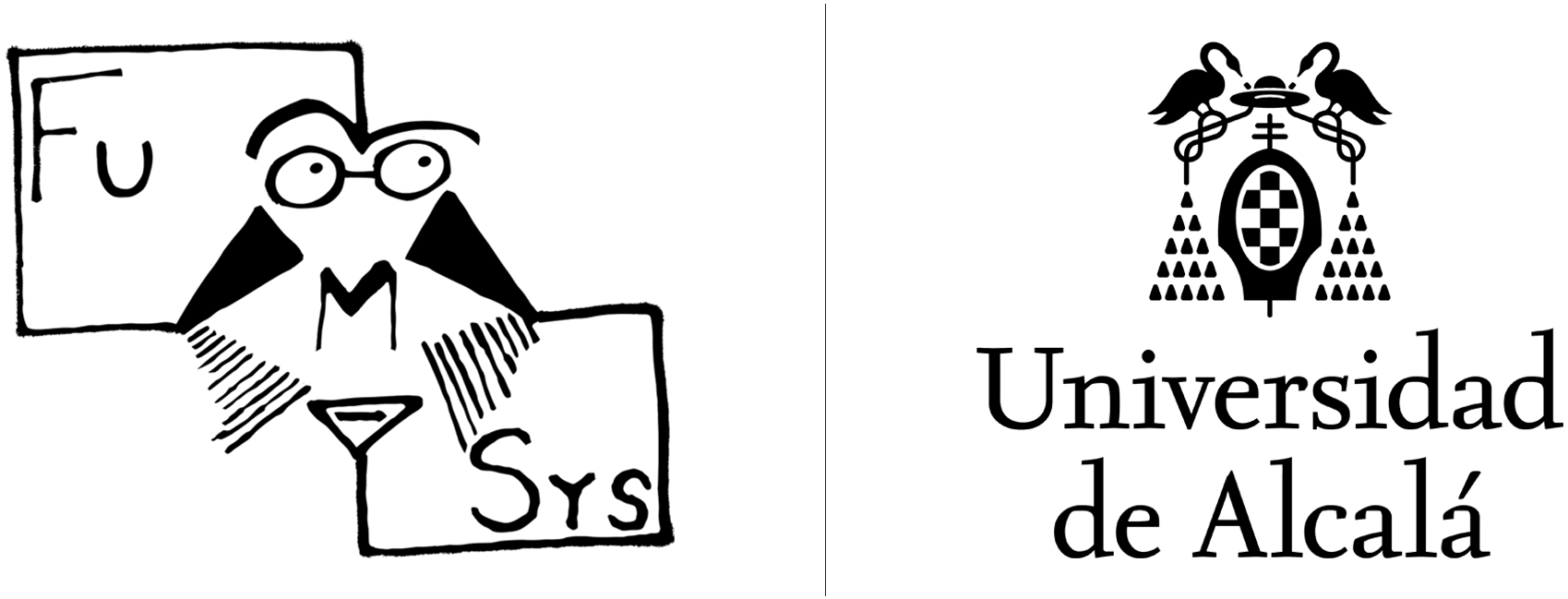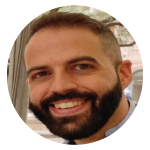Dr. Marco Marazzi
ASSOCIATE PROFESSOR (Group Head)
Biography
Prof. Marazzi received his bachelor’s degree in materials chemistry in 2007 at the Sapienza University of Rome, Italy, followed by a master in polymer science in 2009 through a joint program of four German institutions: Humboldt University of Berlin, Free University of Berlin, Technical University of Berlin, and University of Potsdam. Later he earned a Ph.D. at the University of Alcalá (UAH), Spain, in 2013 working on theoretical development and especially computational applications in the fields of photochemistry and photobiology. During those years, also thanks to his short stays at Uppsala University, Sweden, Bowling Green State University and Northwestern University, USA, he obtained a consistent knowledge of multiconfigurational and hybrid QM/MM methods as well as excited state on-the-fly dynamics.
Thanks to a Humboldt fellowship, he came back to Germany for his first postdoctoral stage at the Karlsruhe Institute of Technology, in 2013-2014, where he applied extensive molecular dynamics approaches to study the structure and photophysics of channelrhodopsin, one of the main proteins involved in optogenetics. Interested by gaining experience in designing tools for photodynamic therapy, he joined from 2015 to 2018 the Laboratoire de Physique et Chimie Theoriques of the French national center for scientific research (CNRS) at Nancy, France, expanding his knowledge on computational techniques (DNA-ligand interactions, reactivity across membranes, metalloproteins) also in collaboration with experimentalists (biophysicists, spectroscopists, cellular biologists). At this stage he visited the González research group at the University of Vienna, Austria, where he learned how to compute QM excited state dynamics including spin-orbit coupling.
Upon returning to Spain, he spent some months as senior postdoc at the University of La Rioja and at UAH, collaborating with organic chemists in the development of newly designed molecular photoswitches. He was then appointed assistant professor at UAH in 2019 and later associate professor in January 2024 through a research excellence program. Back at UAH he was the principal investigator of a work package on molecular simulation in a European Union co-funded project on COVID-19. Moreover, he expanded his research interests in energy related fields: solar energy storage through molecular solar-thermal systems (thanks to funding of the region of Madrid) and molecular hydrogen production, the latter in a theoretical-experimental collaboration involving France, Italy, and Switzerland.

